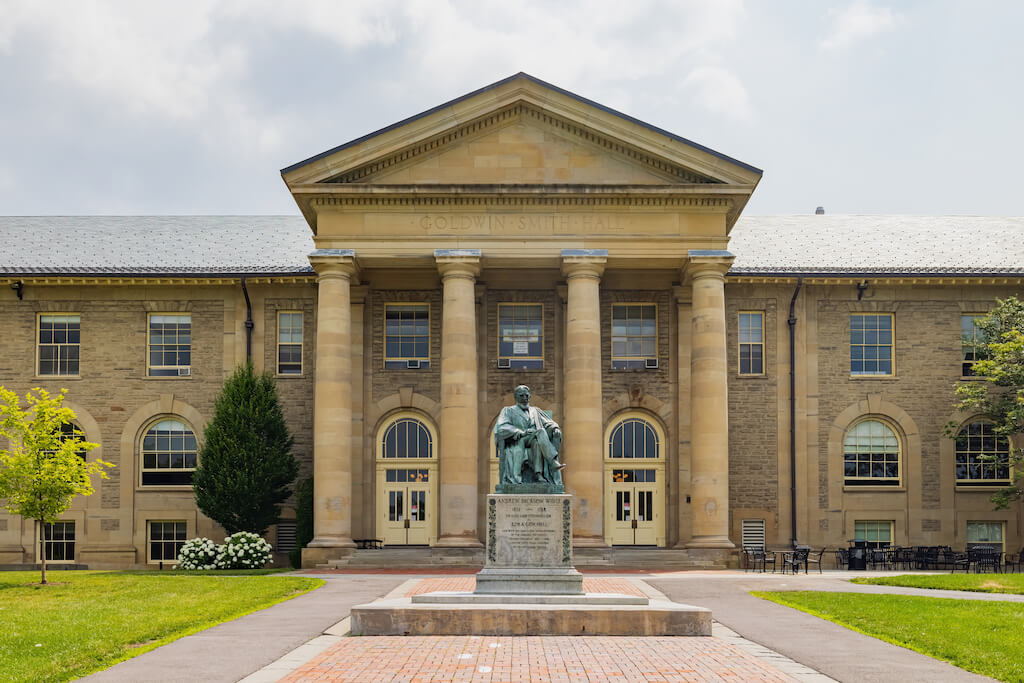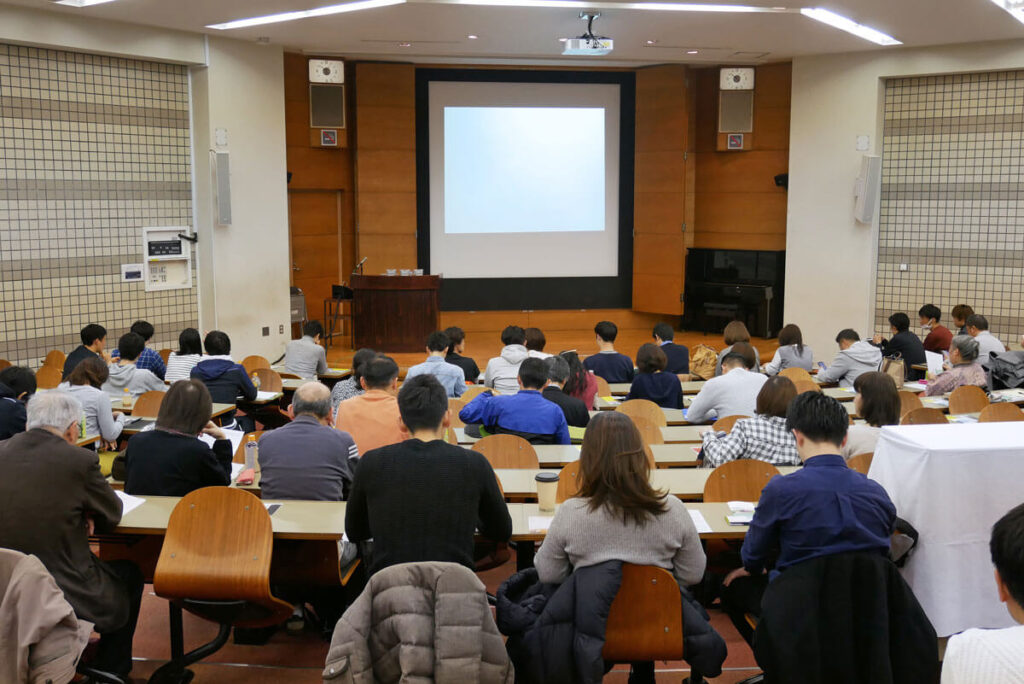America’s declining college graduation rates have been the subject of many a political speech or hearing lately. President Obama set a long term goal for his administration to restore America’s prominence in the percentage of its citizens with college degrees. When you examine the research literature regarding student attrition, persistence, or graduation rates, there are thousands of publications and numerous dissertations written about some aspect of those topics.
John Thelin is a research professor in the Department of Educational Policy Studies and Evaluation at the College of Education at the University of Kentucky. He also authored A History of American Higher Education. The American Enterprise Institute (AEI) recently sponsored a working paper (#2010-01) authored by Thelin entitled The Attrition Tradition in American Higher Education: Connecting Past and Present. Thelin’s research documents that attrition in higher education has been a problem since the early 1900’s, but that it has only been the focus of research, discussion, and improvement efforts for the past 30 years. He cites several recent publications, AEI publication Diplomas and Dropouts: Which Colleges Actually Graduate Their Students (and Which Don’t) and a publication of The Andrew W. Mellon Foundation, Crossing the Finish Line: Completing College and America’s Public Universities, which both deliver distressing news about college graduation rates. The first publication indicates that graduation rates are not entirely a function of the selectivity of admissions by the school and the type of institution. The second publication focuses on the 20-year decline in state university graduation rates noting that few state universities graduate more than 65 percent of their students in six years.
Thelin states that the result of generally bad news in education is to either “discredit the data or kill the messenger.” His essay is intended to place current graduation rates in an historical context in order to facilitate a more measured discussion of the topic. I suggest that anyone interested in the topic of retention spend a few minutes reading this 21 page essay as it provides a balanced and illuminating historical perspective of the issue. Thelin’s recommendation is thoughtful as well. He suggests that the statistical results as portrayed in the Department of Education’s Integrated Postsecondary Education Data System (IPEDS) and other databases do not explain the qualitative reasons for attrition at most schools. He suggests that provosts examine the educational culture of their institutions for explanations of a student’s integration/socialization into academic life. His final paragraph states that combating the problem of attrition is expensive, difficult, and persistent (particularly throughout the past 100 plus years).
Thelin’s comment about the IPEDS data is accurate, but slim with data supporting it. The system was designed during an era when more college students were “traditional,” i.e. first-time, full-time freshmen whose goals were to graduate in four years. Over time, the system evolved to track students who graduate at 150 percent of the time expected to earn a degree (2 years times 150 equals 3 years for an associates’ degree; 4 years times 150 equals 6 years for a bachelor’s degree). By the Department’s estimates, approximately 75 percent of today’s college students are “non-traditional,” meaning that they do not conform to the first-time, full-time freshman category when they start. Not only does that fact suggest that the IPEDS data collected may not be relevant to the average college, but it also stresses the importance of a quantitative and qualitative analysis of retention by provosts and presidents.
There are many other research articles and publications that address the topic of college student retention. Over the next few months, I intend to discuss a few of them that are relevant to institutions that focus more on the “non-traditional” student.










